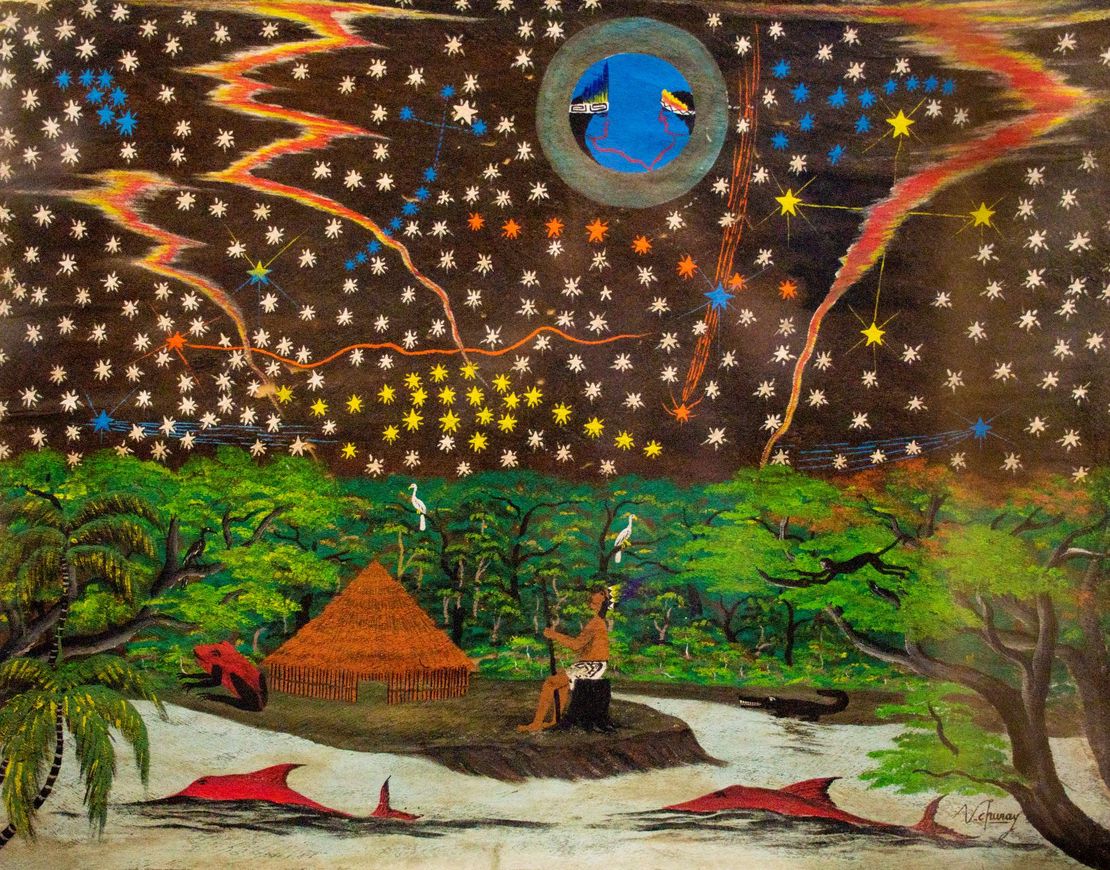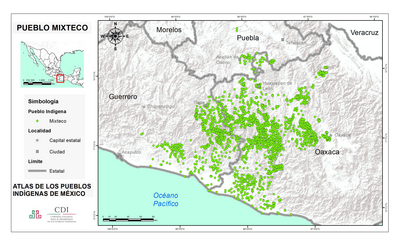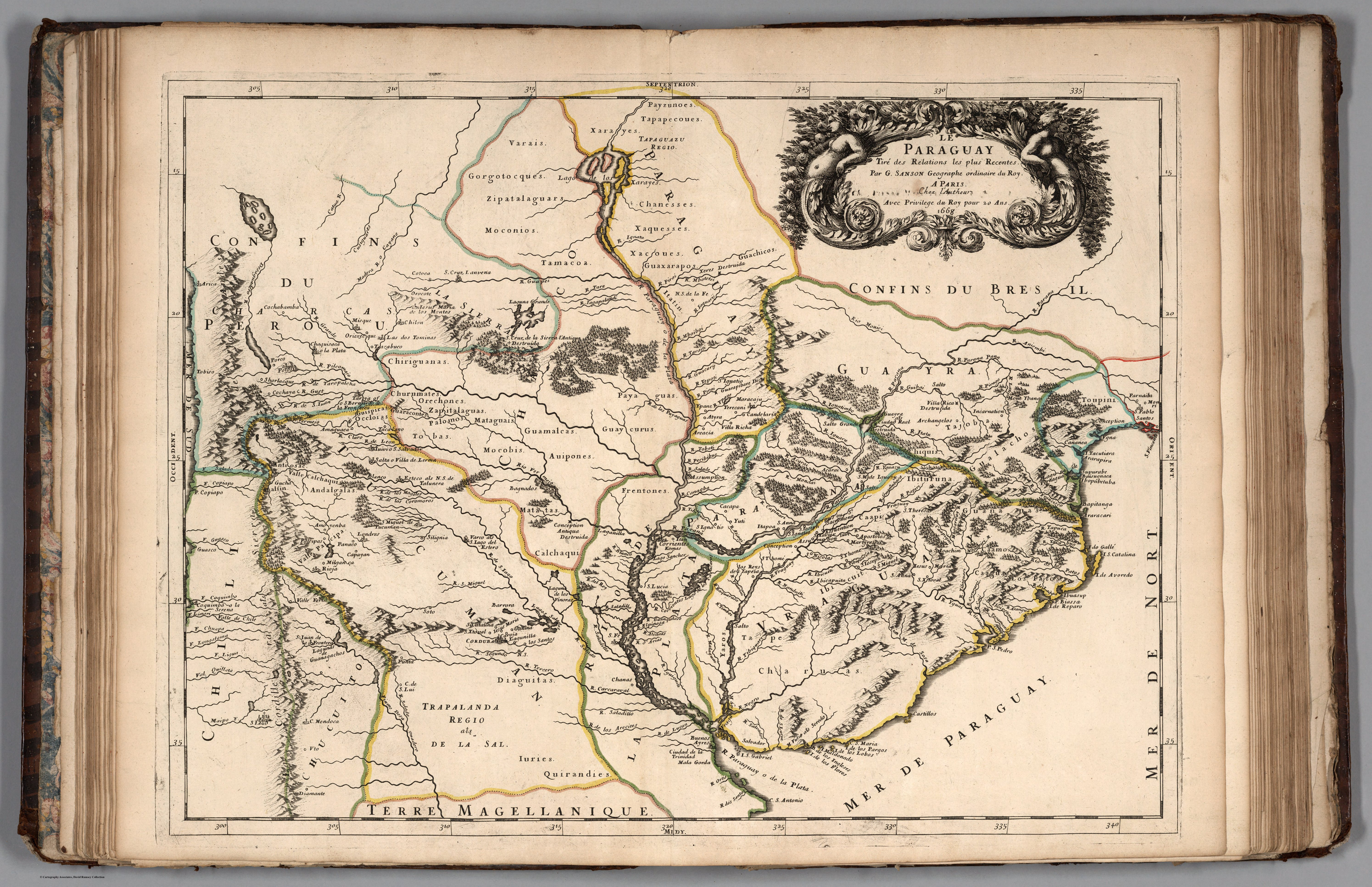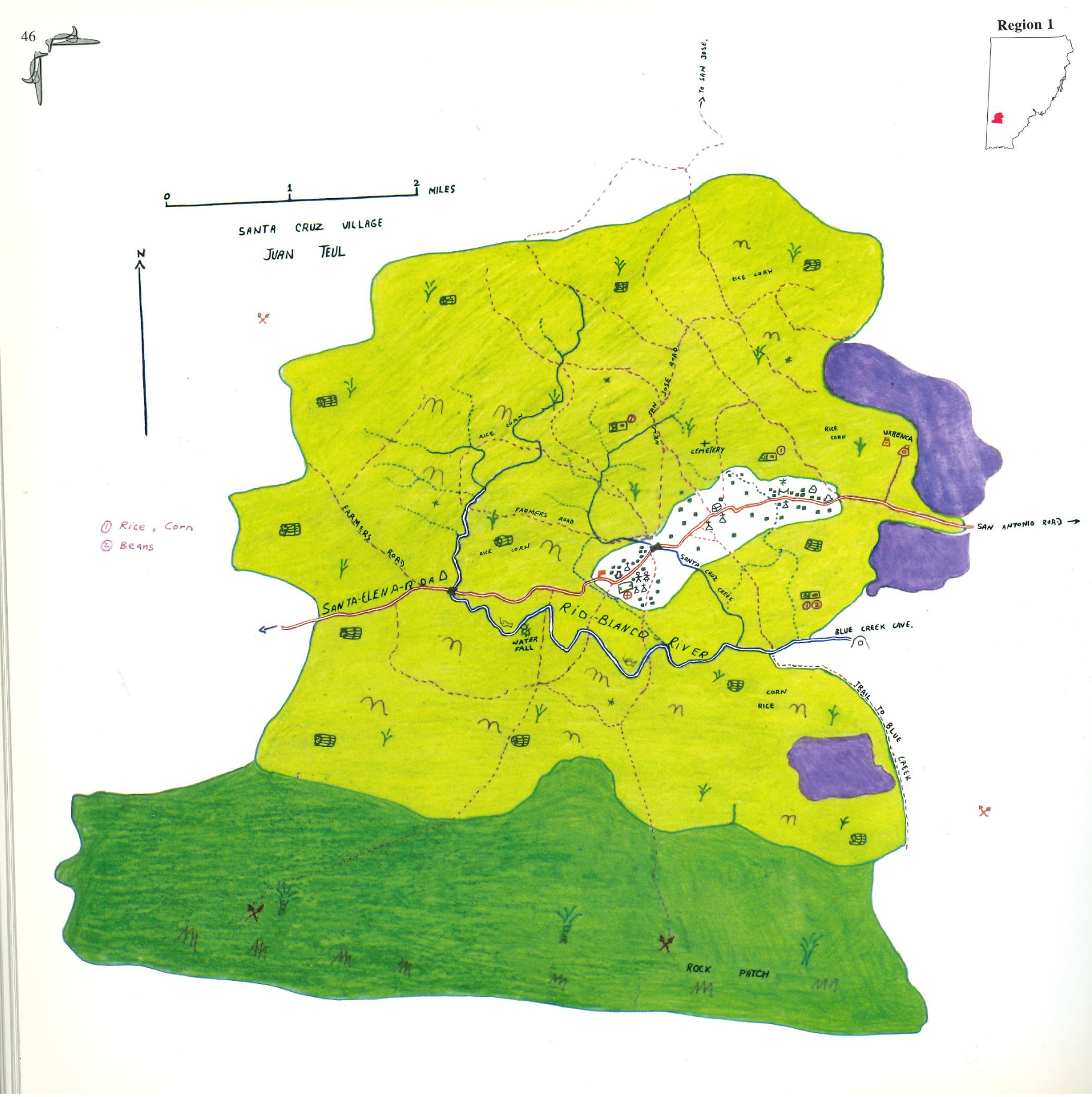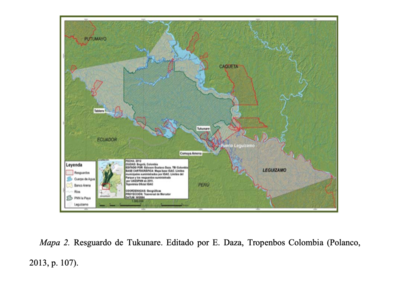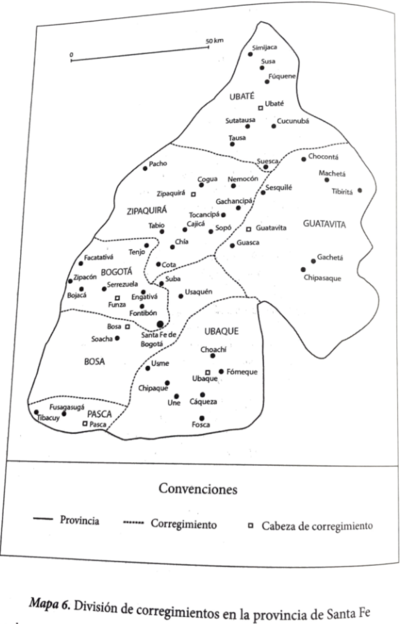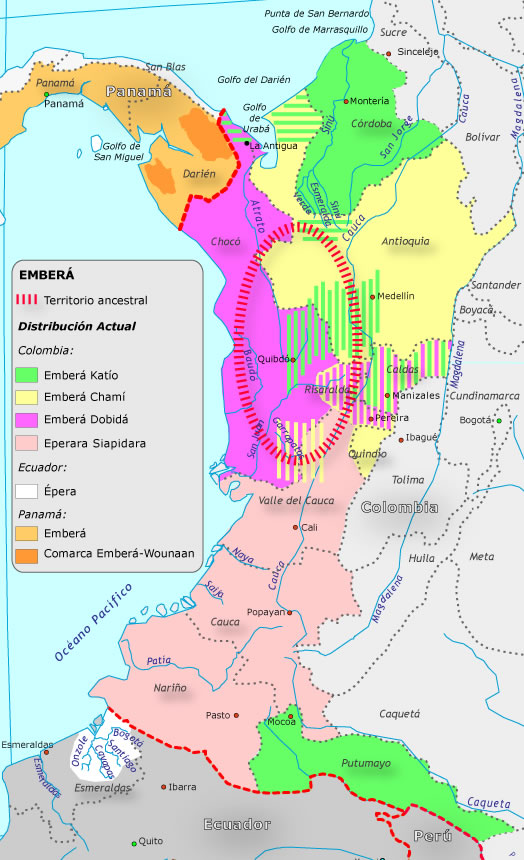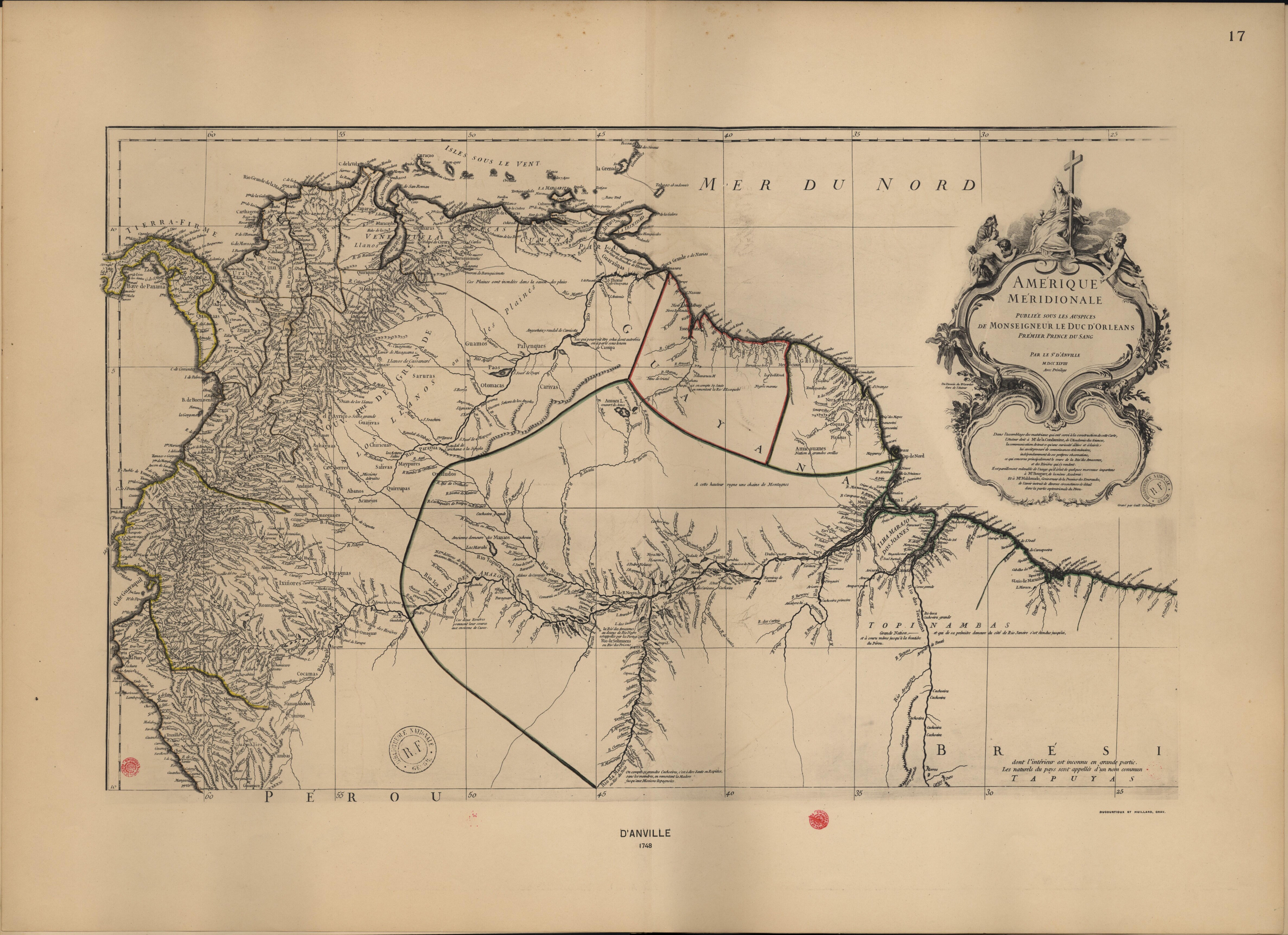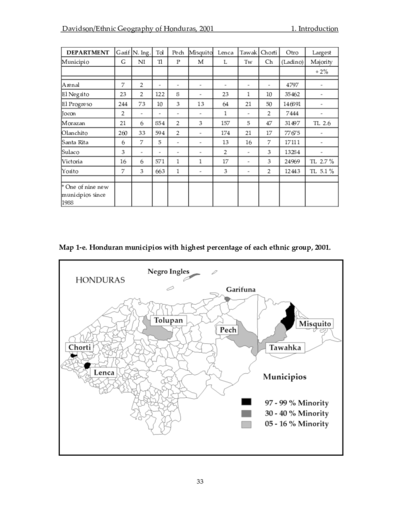Abstract
Location: Museum of Contemporary Art of Lima, in Lima, Peru.
The exhibition Rivers can exist without waters but not without shores evaluates the concepts and fantasies through which the territories of the Amazon have been represented and comprehended, fantasies intrinsically linked to the exploitation of its resources and inhabitants.
Amazonia has historically and continues to suffer through competing ownership claims and assertions of sovereignty. But it always presented as a place apart, alternatively a “land without stable geography and history" or an “insecure land where the Genesis stage has not yet ended”, or a “land without memory”, or the region of “amnesiac forests, without graves and without history.” Such centuries-old stereotypes about the Amazon construct the region as untouched by civilization, precarious and unstable, implicitly supporting extractivist projects of various kinds. Chief among them were the different European expeditions, and especially the work of the rubber tappers in the late 19th and early 20th centuries, which resulted in systemic violence and the wholesale murder of the indigenous population, accompanied by the dispossession of their ancestral territories and the unbridled exploitation of natural resources.
Rivers can exist without waters but not without shores, brings together projects by a diverse group of artists — including creators from the Bora, Huitoto, Shipibo-Konibo, Wampis, Asháninka, Iskonawa and Tikuna peoples — who represent Amazonian spaces and ecosystems to suggest new ways of thinking about and understanding them. Their research recovers plant and animal mythologies, ancestral knowledges, and dissident histories. They also include other voices to narrate events such as the rebellion of Juan Santos Atahualpa, the rubber-tapping genocide, and other defining social conflicts and issues such as the Bagua massacre, migration, displacement, and drug trafficking. They also criticize the indiscriminate exploitation of resources such as oil, underline the violence resulting from illegal mining and logging, and denounce the systematic assassination of environmental defenders and indigenous leaders.
Official website: https://maclima.pe/project/los-rios-pueden-existir-sin-aguas-pero-no-sin-orillas/
